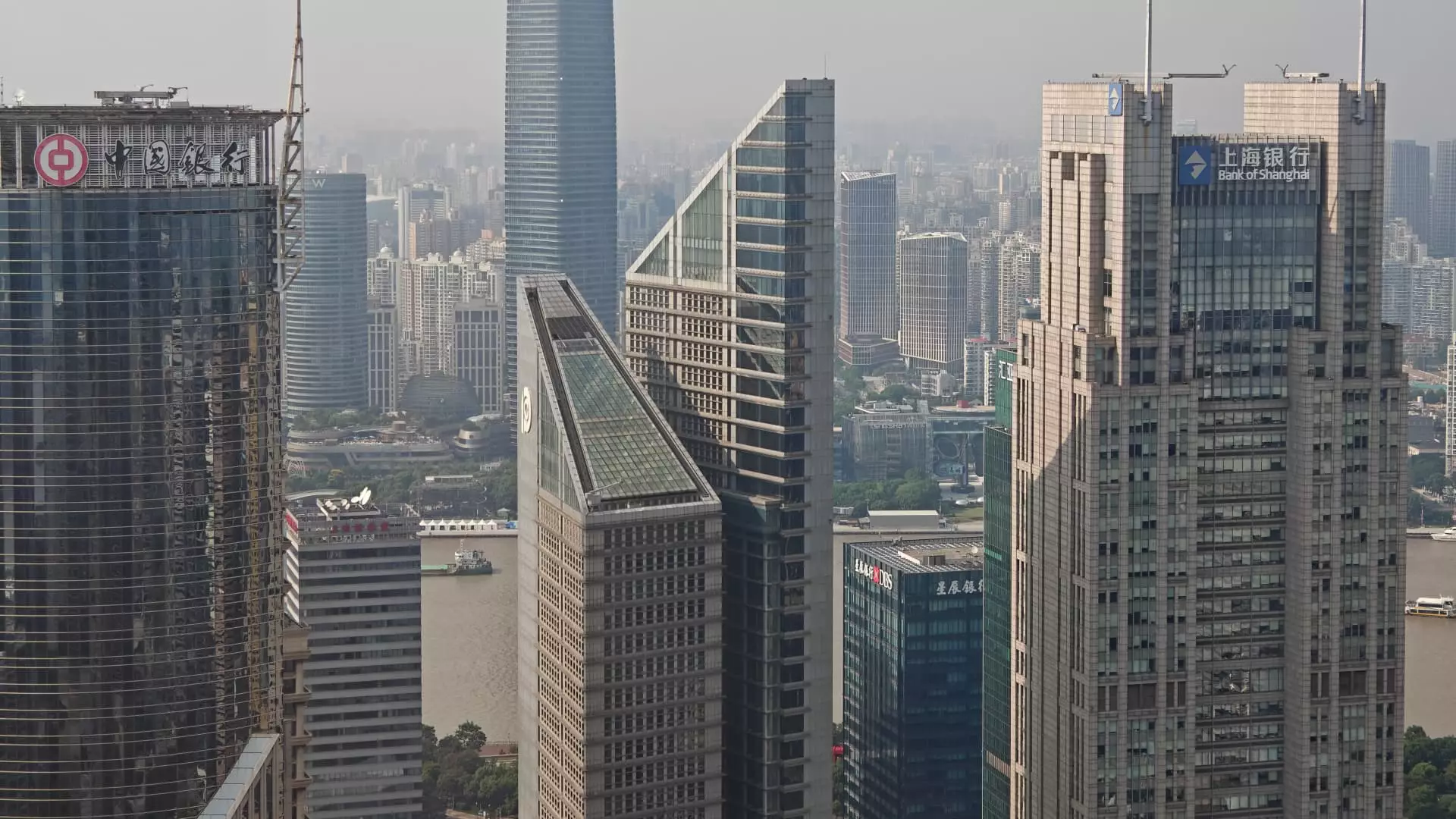Despite the surface-level calm in China’s financial landscape, the truth lurks beneath a veneer of stability, exposing vulnerabilities that could trigger a seismic shift. Policymakers, often perceived as the ultimate safeguard for market confidence, have failed to ignite meaningful growth, leaving investors teetering on the brink of disappointment. The recent lack of decisive action from the Politburo suggests a worrying complacency that risks undermining years of accumulated investor trust. The markets’ modest reactions—such as the marginal rise of Hong Kong stocks and the tepid performance of mainland indices—mask the underlying trepidation about China’s economic resilience. This muted response, driven by uncertainty rather than conviction, hints at a false optimism that most participants are either unwilling or unable to challenge actively.
The so-called “anger” or frustration among local investors is justified; they are witnessing a disconnect between the hype of technological advancements and the harsh economic realities. The recent decline in sentiment toward A Shares signals a wake-up call: confidence is fragile, and the grounds for complacency are rapidly eroding. Strategic investors, who once queued up for growth, now face the sobering realization that the government’s tools may be insufficient to sustain the boom, pushing many toward more conservative investments—not because they are bullish, but because they recognize the mounting risks.
Overreliance on Dividend Plays: A Short-Sighted Strategy?
In the face of mounting uncertainty, China’s financial advisors have turned to dividend-paying stocks as a safe harbor. The appeal of high-yield investments, like PICC P&C and PetroChina, hinges on the hope that consistent dividends can insulate investors from volatility. Yet, this reliance on dividend plays reflects a deeper flaw: a significant loss of faith in China’s growth prospects. When investors chase high yields, they reveal an underlying suspicion that capital appreciation will be limited or compromised. This shift toward income-focused investments is not solely about stability but suggests a strategic retreat from the more volatile tech and growth sectors that fueled earlier exuberance.
While some analysts argue that high-dividend stocks support medium- and long-term stability, it’s troubling to see how this approach may entrench a conservative mindset that prefers safety over innovation and expansion. The strategy may protect wealth in the short term, but it risks stunting the long-term evolution of China’s capital markets, turning them into repositories of income rather than engines of growth. This trend underscores a broader concern: the Chinese economy is perhaps entering a phase where survival tactics overshadow ambitions for technological and industrial leadership.
The Growing Divide Between Domestic and External Perceptions
One of the most glaring issues in China’s market story is the widening gap in perceptions among domestic investors, foreign institutions, and global policymakers. Mainland Chinese investors, driven by the quest for higher returns, have increasingly turned toward stocks with substantial yields, such as PetroChina. This draw reflects a desire to escape the stagnant yields of traditional domestic assets and seek refuge in the higher returns available abroad. However, the tightening restrictions faced by mainland investors, especially regarding access to U.S. and international markets, reveal a paradox: China’s own capital controls are limiting its residents’ access to opportunities in the global economy while exports and imports remain politically sensitive.
Meanwhile, global investors continue to favor U.S. assets, perceiving them as less risky and more liquid than Chinese equities. This creates a dangerous dynamic—China’s internal capital flight and defensive positioning could accelerate if government policies do not stabilize growth. Additionally, the absence of major Chinese AI companies on international exchanges—like ByteDance not being publicly traded—limits China’s strategic influence and hampers long-term global competitiveness. The disconnect reflects a fragile ecosystem where domestic hopes clash with international realities, threatening to reduce China’s influence on the world stage.
Market Leadership in Flux: Winners and Losers Revealed
The divergence in market performance further exposes vulnerabilities. The surge of approximately 20% in Hong Kong’s Hang Seng Index, buoyed by technology stocks, starkly contrasts with the sluggish 3% rise of China’s Shanghai Composite, which is heavily weighted towards state-owned giants. This disparity hints at a structural shift—investors are favoring sectors perceived to have more growth potential and better governance, such as owner-operated tech firms, over traditional heavy industries or financials.
This trend underscores a pivotal point: China’s economic narrative is fragmented. While tech companies like Alibaba and Tencent attract speculative and strategic interest, the backbone of the economy—industrial and financial institutions—struggle to attract top-tier investment amid policy uncertainties. Moreover, the domestic appetite for high-yield, resource-heavy stocks like PetroChina and CR Power suggests an insurance mindset, rather than a bold leap into China’s future technological dominance.
In essence, the Chinese market’s leadership is becoming increasingly polarized, with the risk that the country’s growth story morphs into a tale of select winners amidst a sea of underperformance. For investors who refuse to accept this reality, the coming months could prove devastating, as complacency and shortsighted strategy fail to adapt to the evolving risks inherent in China’s economic landscape.

